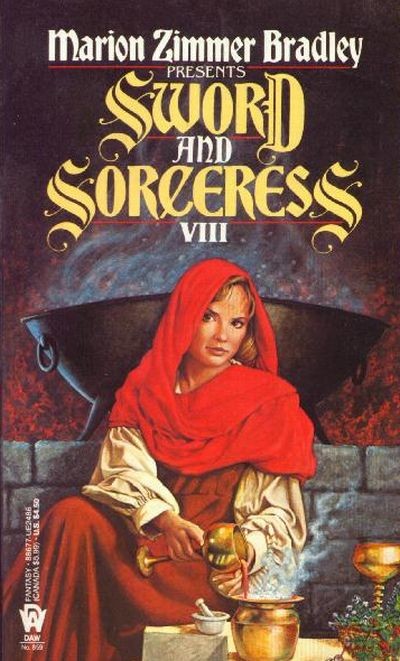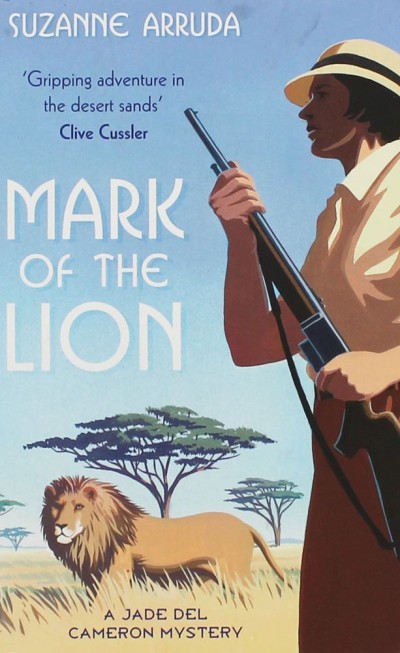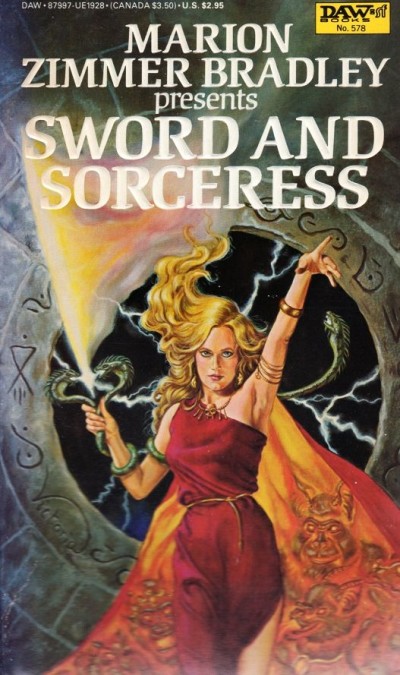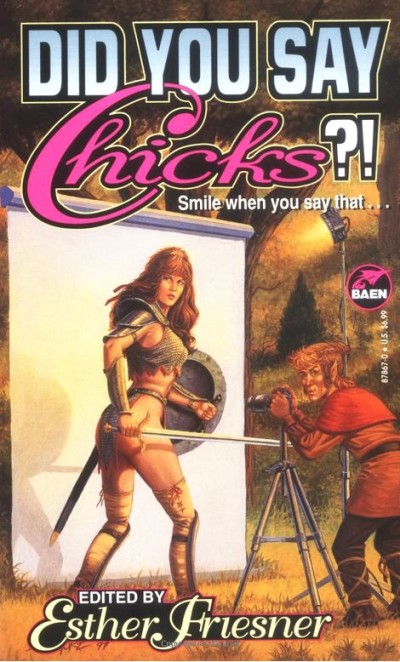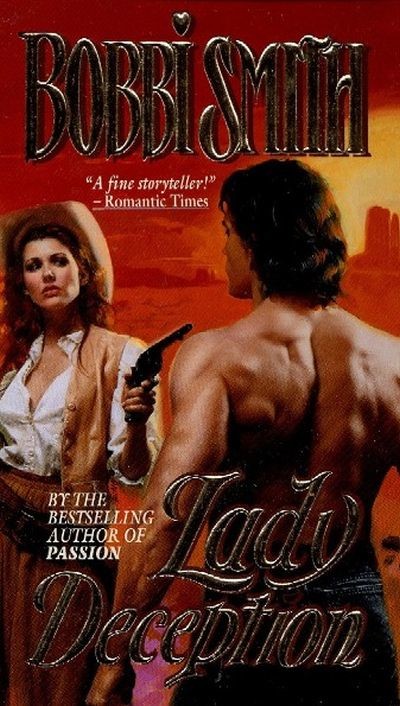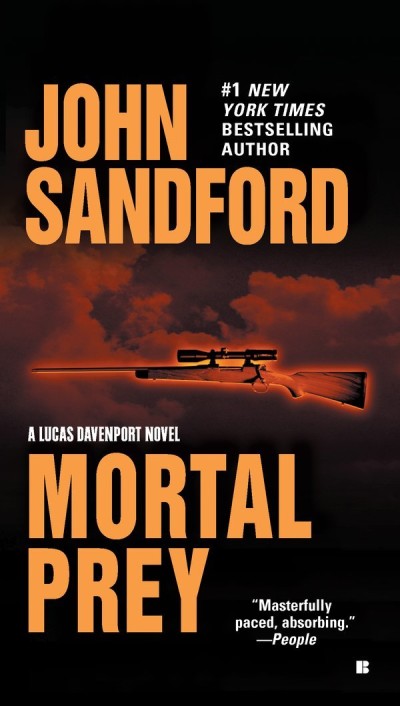Literary rating: ★★★
Kick-butt quotient: ☆☆☆
 Being a little-known author myself, I have a lively appreciation of how difficult it is to get one’s work noticed in a glutted book market without a major advertising budget; and I have a soft spot for New Pulp. So, when I stumbled on Percival Constantine’s free e-book versions of the first novels of his two action-adventure series, I thought there was a good enough chance I’d like them to risk investing a bit of time, and hopefully be able to give him a good review. His other series opener, Love and Bullets, proved to be disappointing, and I didn’t finish it. But while this novel is nowhere near four or five star territory, it kept my interest and earned its three.
Being a little-known author myself, I have a lively appreciation of how difficult it is to get one’s work noticed in a glutted book market without a major advertising budget; and I have a soft spot for New Pulp. So, when I stumbled on Percival Constantine’s free e-book versions of the first novels of his two action-adventure series, I thought there was a good enough chance I’d like them to risk investing a bit of time, and hopefully be able to give him a good review. His other series opener, Love and Bullets, proved to be disappointing, and I didn’t finish it. But while this novel is nowhere near four or five star territory, it kept my interest and earned its three.
Our protagonist here is a female archaeologist. Constantine’s idea of archaeology, though, is definitely of the Indiana Jones variety, and Elisa Hill proved to be an action heroine type, very much a literary equivalent of Lady Lara Croft or TV’s Sydney Fox in that respect. (Given that I own both Tomb Raider movies on VHS and never missed an episode of Relic Hunter if I could help it, it’s not hard to guess that I found her an appealing character type!) This is the series opener for the author’s Myth Hunter series, the titular hunters being involved in tracking down both archaeological and supernatural mysteries. (While I didn’t classify this as supernatural fiction, it does have a significant supernatural element, in the person of one character.)
In this particular book, though, what’s being investigated isn’t really ancient myth, but 19th and early 20th-century occultist myth: the idea of an ancient continent (known as Lemuria, or Mu) in the area of what is now the Pacific Ocean. In particular, it draws on the claims of Col. James Churchward (1851-1936), who asserted that as a British officer in India, he was shown secret tablets in an (unidentified) temple, written in the “Naga-Mayan” language –which, as far as philologists know, doesn’t actually exist; he claimed that only three people in India could read it, but one of them taught him. These, he claimed, showed that 50,000 years ago, Mu had a civilization more highly advanced than that of his own day, and that all the world’s later civilizations developed from their scattered colonies after the motherland continent sank beneath the Pacific in a great cataclysm. (As a kid, I read some of Churchward’s books; even then, I could tell that they were off the wall, but reading this book brought back memories.)
Constantine takes off on this premise to build his plot here. Since the whole Mu-Lemuria theory is pretty well discredited by both geology and serious archaeology, philology, etc,, this requires some suspension of disbelief. But if you can muster this, Constantine has done his homework in the Churchward canon, and also brings in another real-world tie-in, Japan’s “Yonaguni Monument,” massive offshore stone formations under the Pacific which some maintain are man-made (though that isn’t clearly evident nor widely accepted by archaeologists). A resident of Japan, he’s also has done some research into the Japanese folklore of the kitsune, Japanese for fox. Older foxes were believed to have power to take human form, and were messengers for the spirit world. (Constantine has reinterpreted this mythos somewhat, but his treatment is clearly based on it.)
This is not a deep or highly textured read; it’s straight pulp action-adventure, with a simple, direct prose style and a full-throttle narrative drive that makes for a quick read. None of the characters are very deeply developed, including Elisa, and while the author takes us to some exotic locales, he doesn’t really evoke much sense of place in any of them. (We also aren’t even given any clue where “Burroughs University,” where Elisa teaches, is located, except that it’s in the U.S.) Archaeological finds here tend to be too easy for believability; no physical digging or excavation nor much textual or other research to identify sites is required. Where action scenes are concerned, Elisa’s no slouch in the kick-butt department; she’s an ethically sensitive person who doesn’t fight unless she’s attacked, but if she is, she fights to kill without batting an eye.
However, her aversion to guns and preference for edged weapons, in a modern-day context, isn’t explained credibly enough to seem realistic. We can say the same for the tendency, on the part of the minions of the “Order” (think, the Illuminati on steroids), which will probably be the series’ staple evil entity, to use swords rather than guns. Also, some of the jumps characters make in the action scenes, with no running start, are implausible, as is the idea that a character could stop a bullet by slicing it with a sword. And I’m not sure a fox could inflict all the physical mayhem Asami does here (granted, we’re told she’s a very large fox, but how large isn’t specified). It’s also clear that Constantine doesn’t know much about how academic sabbaticals are scheduled.
For all that, this is a page-turner with “brain-candy” appeal, and the good characters are engaging. I was hooked enough to read it all the way through just to see how it would turn out; and while it’s more plot-driven than character-driven, Elisa’s relationship to Lucas, and to Asami, have enough complexity and ambiguity to be interesting. There’s no sex here; there’s some bad and coarse language, including f-words, but it’s not pervasive and mostly comes from characters you’d fairly expect to be potty-mouthed. The violent episodes can be lethal and gory, but they’re over quickly and not dwelt on. Bottom line: this won’t be epochal and groundbreaking even in the world of pulp adventure fiction; but it’s workmanlike entertainment (and pretty well proof-read, too, despite one mangled sentence that slipped through). I’d be up for reading the sequel sometime.
Author: Percival Constantine
Publisher: Createspace, available through Amazon, both for Kindle (for free) and as a printed book.
A version of this review previously appeared on Gooodreads.





